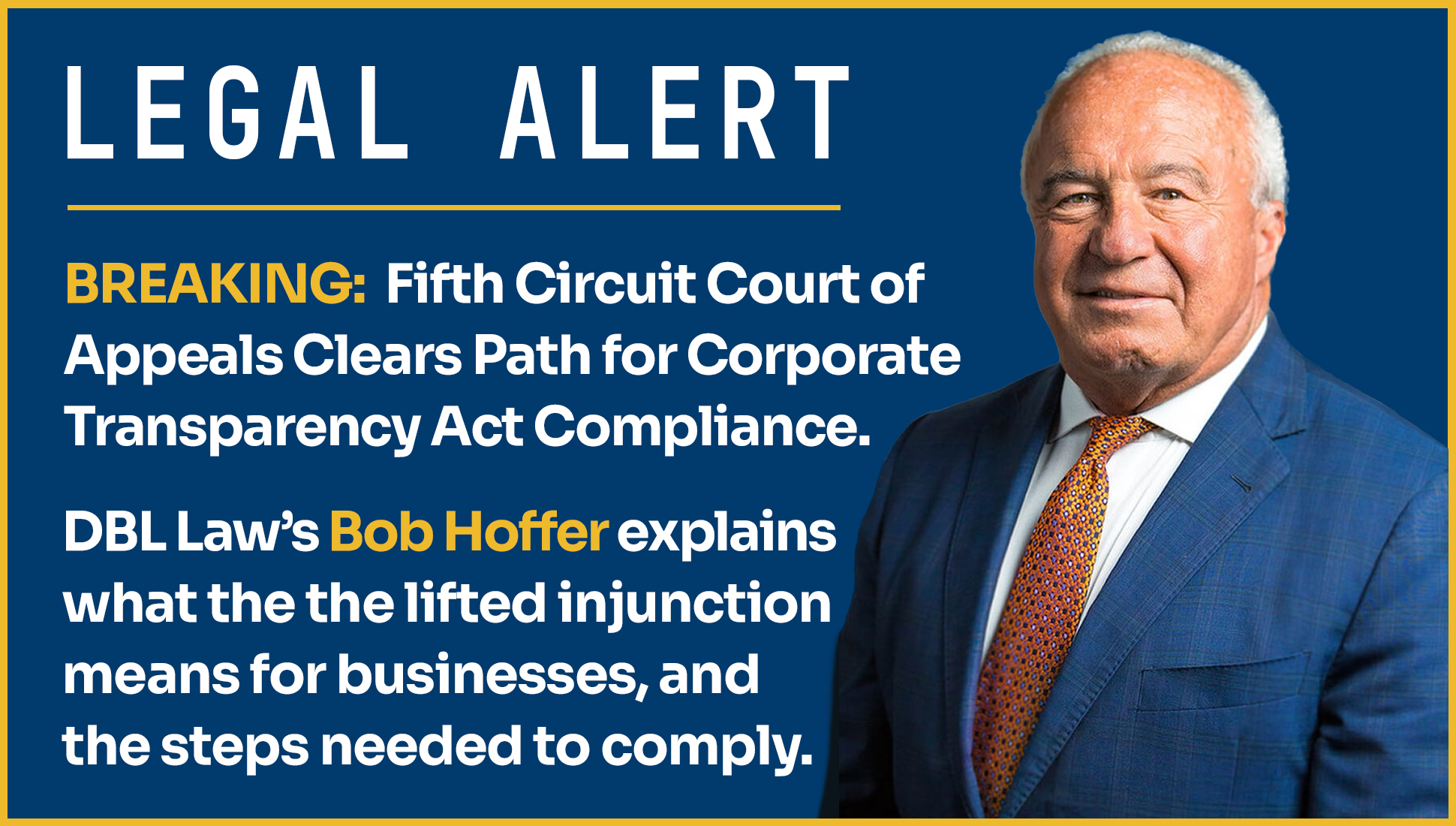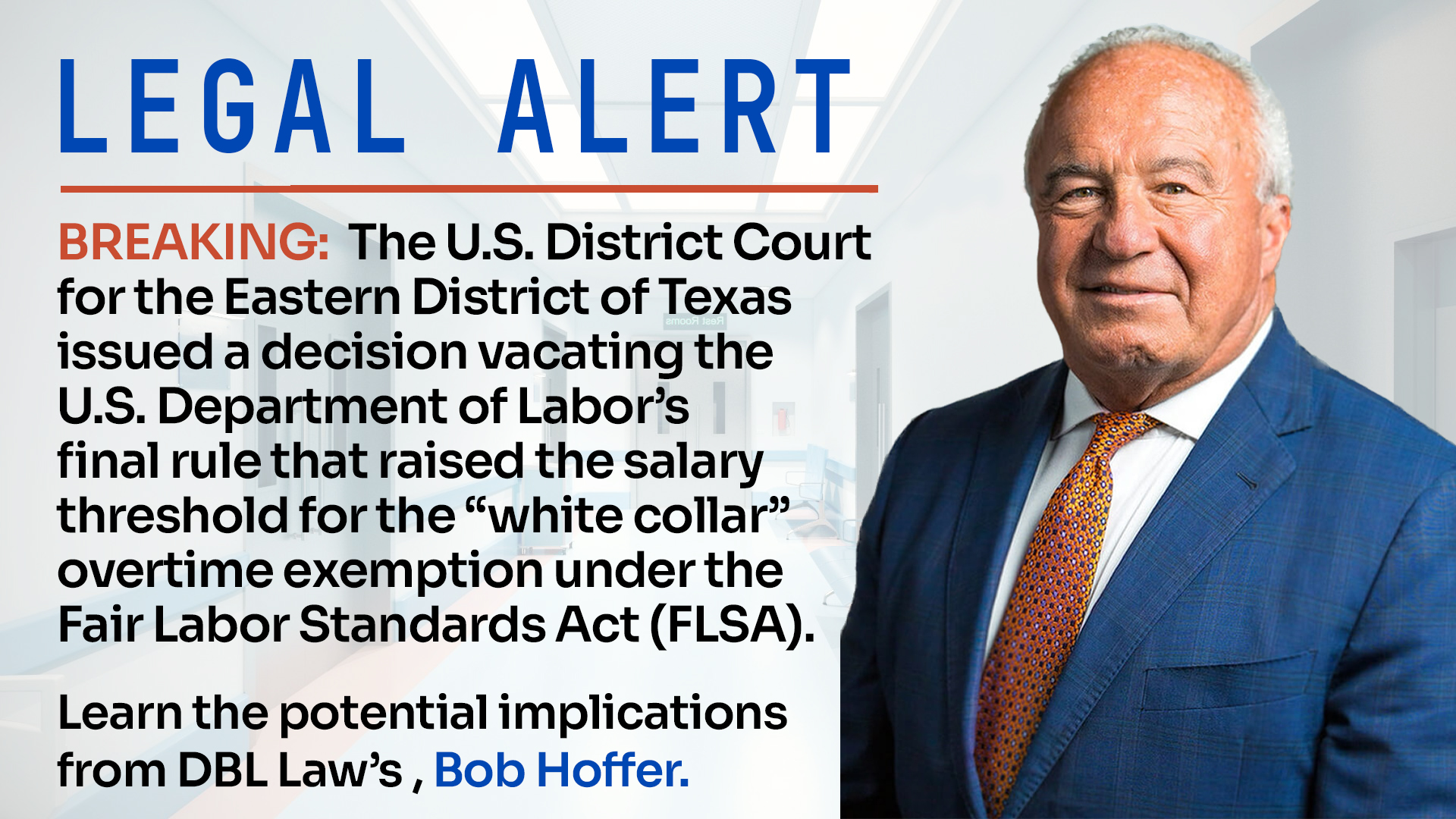For the first time in 50 years, the U.S. Department of Labor (DOL) has updated the definition for what perks employers should include when calculating regular rate of pay. A final rule issued today (12/12/19) takes effect on January 15, 2020.
“Regular rate” is used to calculate overtime premiums under the Fair Labor Standards Act (FLSA). It currently includes hourly wages and salaries for non-exempt workers, most bonuses, shift differentials, on-call pay and commissions. It currently excludes health insurance, paid leave, holiday and other discretionary bonuses and certain gifts.
DOL noted in its announcement on the new ruling that some employers were uncertain about whether some perks had to be included in the regular rate of pay, and therefore chose not to offer competitive benefits. The new rule clarifies what employers may exclude from the regular rate calculation, including:
- Wellness programs, gym access, onsite specialist treatment and fitness classes
- Discounts on retail goods and services
- Parking benefits
- Tuition benefits
- Adoption assistance
- Unused paid leave
- Certain penalties employers are required to pay under state and local scheduling laws
- Business expense reimbursement for things like cellphone plans, credentialing exam fees, and organization membership dues
- Travel expenses in excess of the maximum travel reimbursement under the Federal Travel Regulation system or the optional IRS substantiation amounts for certain travel expenses.
- Select sign-on and longevity bonuses
- Discretionary bonuses
- Complimentary office coffee and snacks
- Benefit plan contributions for accidents, unemployment, legal services and other events that may cause a future financial hardship or expense.
Additional details can be found here https://www.dol.gov/agencies/whd/overtime/2019-regular-rate.




